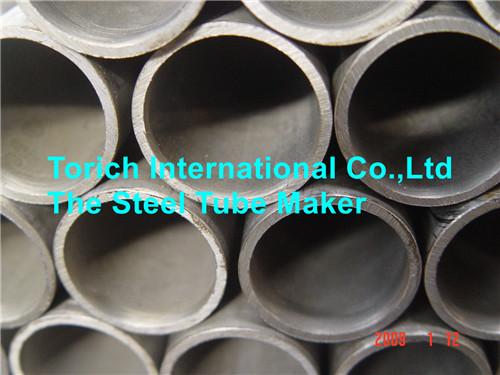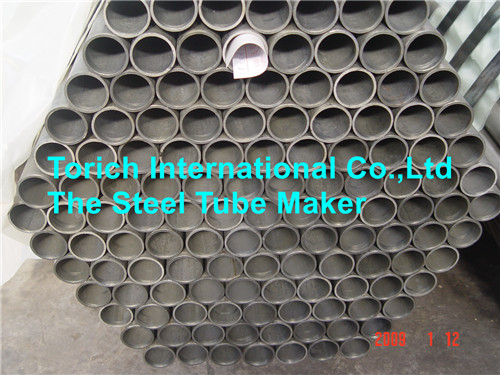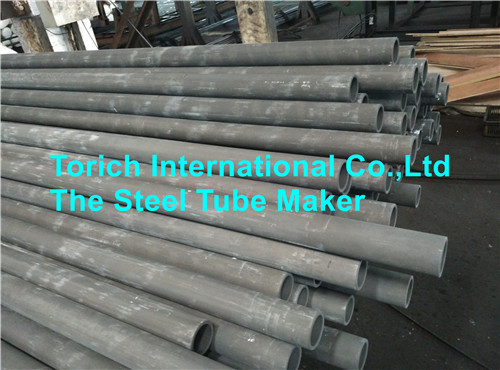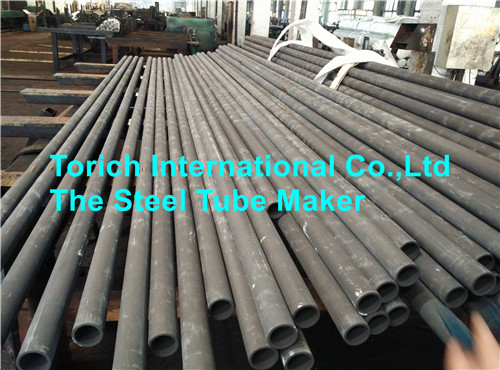The colloidal quantum dots have continuously adjustable luminescence spectra, high purity of emitted light color, and high conversion efficiency. As a core material for next-generation lighting and display technologies, relatively mature preparation techniques have been achieved. Quantum dots can not be used directly, because quantum dots are relatively fragile. Due to the large surface energy of nanometer size, clusters can occur, which cause fluorescence quenching and energy transfer. At the same time, the gel layer is easily eroded, leaving defect levels. The formation of non-radioactive transitional channels causes a decline in fluorescence. General physical and chemical environment will quench the fluorescence of quantum dots. Therefore, how to use quantum dots is currently a hot and key issue.
In the actual application process, quantum dot materials are often packaged in the following two ways:
1. Disperse quantum dots into a polymer matrix to obtain a fluorescent composite material to form a simple "quantum dot-carrier material (PMMA)" structure (see Reference 1 for details). Use a remote package, but due to quantum dots, Incompatible with the surface ligands and dielectric layers, they slowly agglomerate in PMMA, red shifting the fluorescence emission wavelength of quantum dots, and the fluorescence efficiency deteriorating significantly; the water- and oxygen-blocking ability of carrier materials (PMMA) is poor, and the penetration of water-oxygen molecules is small. It is also easy to receive erosion on the surface of the quantum dot and cause fluorescence degradation.
2. The surfactant is used to organically modify its surface. In reference 2, in order to prevent the agglomeration of the quantum dots, the surface of the quantum dot is transaminated. This method can enhance the compatibility between the quantum dot and the surrounding dielectric layer material. Effectively reduce agglomeration and water-oxygen erosion. However, this method is liable to damage the quantum dot surface ligand and affect the initial fluorescence efficiency of the quantum dot.
For quantum dots and silica gel directly encapsulated, the outer shell of the quantum dot is incompatible with the silica gel ligand. In particular, when some surface ligands contain sulfur (S) elements, they will act on the platinum (Pt) catalyst in the silica gel, which will affect the solidification of the silica gel and cause it to fail to cure. The use of non-cured silica gel often results in clusters due to compatibility problems with surface ligands and silica gel. For the quantum dot polymer materials, the fluorescence characteristics of the quantum dot polymer materials are affected by initiators, polymer active sites, and macromolecular chemical polymerization reactions, so that the fluorescence of the quantum dot polymers is degraded or quenched. The direct treatment of quantum dots, such as the growth of silica, surface amination, etc., is mainly due to the replacement of surface ligands to the quenching of quantum dots, and the erosion of quantum dots due to the penetration of water molecules such as oxygen molecules. , Luminescence defects occur, resulting in a decline in fluorescence efficiency.
Therefore, the use of high luminous efficiency and high stability quantum dots or quantum dot polymers in devices must address the following issues:
1, quantum dot material, can not destroy its own luminous efficiency.
2. The quantum dot carrier environment should be compatible with the surface of the quantum dot to prevent the quantum dots from agglomerating themselves and the ligand falling off.
3. Set a barrier to prevent the attack of small molecules (water vapour and oxygen) on the surface of quantum dots.
Tianjin Zhonghuan Quantum Technology Co., Ltd. has long devoted itself to R&D, production and sales of quantum dot materials. In December 2015, the company proposed a quantum dot fluorescent microsphere structure for encapsulation. The structure includes fluorescent quantum dots and nanogates. The lattice structure of the mesoporous particle material and the barrier layer is as shown in FIG. 1 , wherein the fluorescence quantum dots are distributed in the mesoporous particle material and the barrier layer is coated on the outer surface of the mesoporous particle material. Through chemical and non-chemical means, the fluorescent quantum dots enter the mesoporous particle material. Under the non-polar solvent, the surface structure of the colloidal fluorescent quantum dots is not destroyed, and the fluorescence efficiency of the fluorescent quantum dots is maintained. The structure can effectively slow down the agglomeration of the quantum dots and the surface-coated barrier layer can prevent the erosion of water-oxygen small molecules and improve the compatibility and stability of the quantum dot fluorescent microspheres. In the same year, the company also submitted the patent application to the U.S. Patent Office and was authorized in February 2017. See Figure 2 for details. Quantum dot fluorescent microspheres are independent intellectual property products of the company.
Figure 1. Quantum dot fluorescent microsphere structure
TORICH is a main producer and exporter of Seamless Steel Tubes and Pipes in China.
Seamless Steel Tubes and Pipes are produced with Round Mandrel and Die to produce Round Shapes of Seamless Steel Tubes,
Seamless Precision Steel Pipes
Seamless Heat Exchanger Steel Pipe
Seamless Boiler Steel Pipes
Seamless Structural Steel Pipes
Seamless Mechanical Steel Pipes
Seamless Alloy Steel Tubes & Pipes
Seamless Steel Tubes and Pipes Size range is:
O.D. 4-350mm,
W.T. 0.5-30mm,
Length: according to customer`s requirement and agreement
Steel Grade:
Carbon Steel Grade:
ST35.8, ST37.0, ST44, ST52;
E155, E195, E215, E235, E275, E355;
195GH, P235GH, P265GH, P195TR1, P195TR2, P235TR1, P235TR2, P265TR1, P265TR2;
SAE1010, SAE1020, SAE1026, SAE1035, SAE1045;
Carbon Steel Tube: SA178, A179, A192, A210, SA213, SA214, etc.
Honing seamless steel pipes (hydraulic cylinder steel tube, pneumatic cylinder tube) produced by undergo cold forcing and annealing for a cured tensile strength reaching over 52kg/cm², before the pipes are milled by precision machinery, regulating the tolerance in inner diameter at an H8-H9 level, with surface roughness at between Ra 0.2μm, which helps to extend the life cycle of the cylinder, and reduces the wear and tear of the seal.




Seamless Steel Tube,Cold Rolled Seamless Steel Tube,Heavy Wall Seamless Steel Tube,Astm A519 Seamless Steel Tubes
TORICH INTERNATIONAL LIMITED , https://www.steeltubepipechina.com